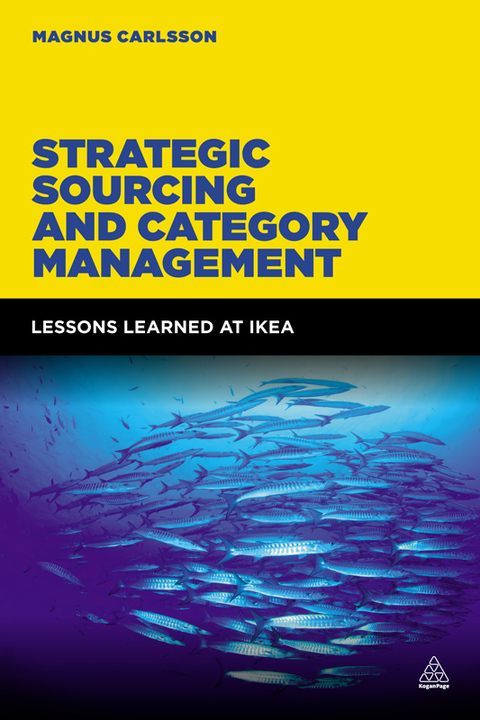Description
Efnisyfirlit
- Cover
- Title Page
- Contents
- List of figures
- Foreword
- Acknowledgements
- About the author
- Introduction
- 01 Lessons learned at Ikea
- Where does Ikea come from?
- Where is Ikea’s purchasing going next?
- What results has Ikea produced?
- How is the organization led?
- Why is category sourcing led through a process?
- Lessons learned and reflections
- What challenges might Ikea face in the future?
- 02 How is it done?
- A category sourcing process
- Reflections
- 03 What should the team do?
- The project directive
- Segmentation
- Goals and requirements
- Influence and power
- Reflections
- 04 Where is the money?
- Spend analysis
- Supplier evaluation
- Gap analysis
- Market diagnosis
- Project plan
- Summary and reflections
- 05 Creating the strategy
- Positioning
- Supplier structure
- Value analysis
- Strategy development
- Summary
- Reflections
- 06 The moment of truth
- Tendering
- Contracts
- Implementation
- Reflections
- 07 Leading the business and creating leverage
- Measure and control
- New product development
- Create leverage: new business drivers
- Questions and reflections
- 08 Different categories and other perspectives
- Sourcing of semi-manufactured materials
- Sourcing of components
- Sourcing of branded products
- Indirect sourcing: standard products
- Indirect sourcing: transport (Europe)
- Indirect sourcing: professional services
- Questions and reflections
- 09 From theory to practice
- 1. Establishing a sense of urgency
- 2. Creating the guiding coalition
- 3–4. Developing and communicating a vision and a strategy
- 5. Empowering employees for broad-based action
- 6. Generating short-term wins
- 7. Consolidating gains and producing more change
- 8. Anchoring new approaches in the culture
- Summary
- 10 Success or failure?
- Appendix I. Glossary
- Appendix II. Tools and models
- Appendix III. Afterword
- Notes
- References and further reading
- Index
- Copyright







Reviews
There are no reviews yet.